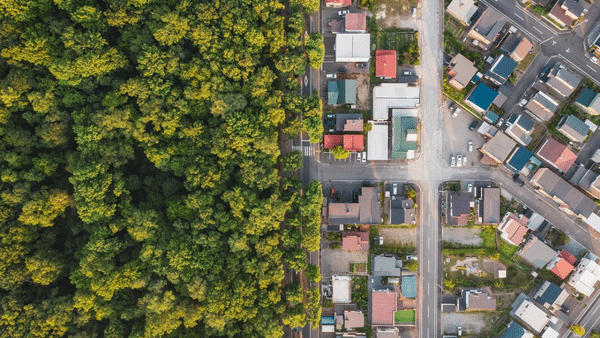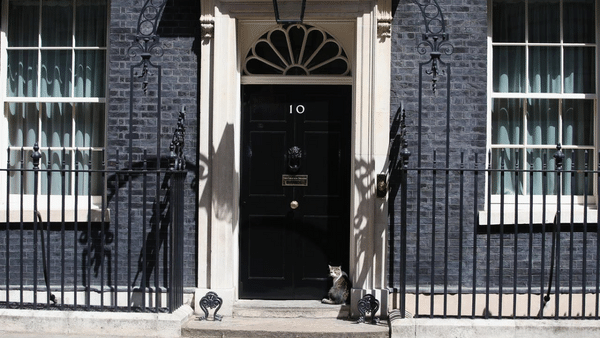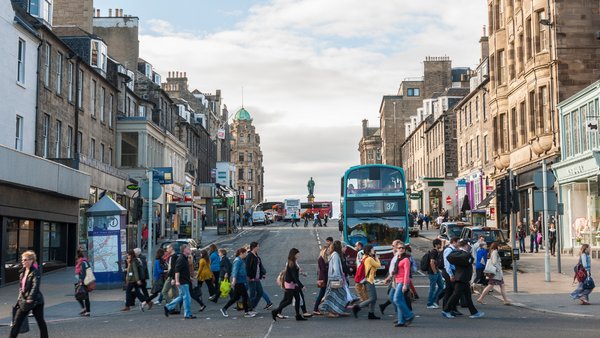We had an interesting meeting the other day with some senior civil servants (I won’t say the department but it isn’t hard to work out). We showcased our work in areas ranging from social networks to behaviour change to civic power and received a generous and enthusiastic response. I took two things out of the meeting.
The first is how challenging it is for civil servants to operate in a world of no money, no targets and not even any encouragement to be the fount of advice on best practice. As one of them said:
‘we think what you’re doing sounds great. It’s very relevant to the big Society and many other aspects of our agenda. We would like you to do more of it but I’m afraid there’s not much we can do to help’
It will be very interesting to see what model of intervention and influence will emerge from Whitehall in these days of cuts and decentralisation. But for those who are cynical about politics, assuming the civil service always manages – Sir Humphrey style - to repel change, there’s no question, this time it’s for real.
The meeting also agreed to develop a set of seminars around what I termed ‘the social economy of place’. The idea is to explore in more depth the nature of key aspects of community capacity. At the neighbourhood level what are the components of what David Halpern calls ‘Hidden Wealth’; those things beyond state and market which shape resilience and well-being? The RSA Projects team is doing some more thinking about this but the key dimensions are:
• Social networks – e.g. how strong are they, how much bridging capital is there?
• Social norms – local attitudes, attachments, behaviours
• Local publicly funded organisations – what are they and how do they/could they add to local capacity?
• Local governance – are there neighbourhood fora for local voice and engagement
• Time – who has time to give and how could it be better deployed
This data is on top of more conventional statistics about demography, social and economic status etc.
The point is not just to generate a list but to try to understand the nature of these resources. How should they be measured and understood? For example, take time: I guess a simple formula for time as a community asset is something like
Community asset = T (time) X S (skills) X W (willingness to use time in pro-social ways)
Is it helpful to develop rules of thumb like this and could such a formula enable a community to develop a picture of its resources along various dimensions? I know the New Economic Foundation has done a lot of thinking about alternative sources of social and economic value so I’ll try to find time to look at some of their work (or perhaps someone from NEF could comment).
I had yet another conversation with a journalist this afternoon about whether the Big Society is more than good intentions. Developing more robust and quantitative ways of assessing the social economy of place might help to close this credibility gap, as well as providing useful tools for community organisers and communities themselves.
Related articles
-
Design for Life: six perspectives towards a life-centric mindset
Joanna Choukeir Roberta Iley
Joanna Choukeir and Roberta Iley present the six Design for Life perspectives that define the life-centric approach to our mission-led work.
-
Inventing meaning and purpose: a politics award for our times
Ruth Hannan
Ruth Hannah is inspiring you to submit your creative and courageous political project to the Innovation in Politics Awards 2022.
-
How can we cultivate healthier and happier communities?
Ella Firebrace Riley Thorold
How might we look to our futures and shape what it means to lead healthier and happier lives?




Be the first to write a comment
Comments
Please login to post a comment or reply
Don't have an account? Click here to register.